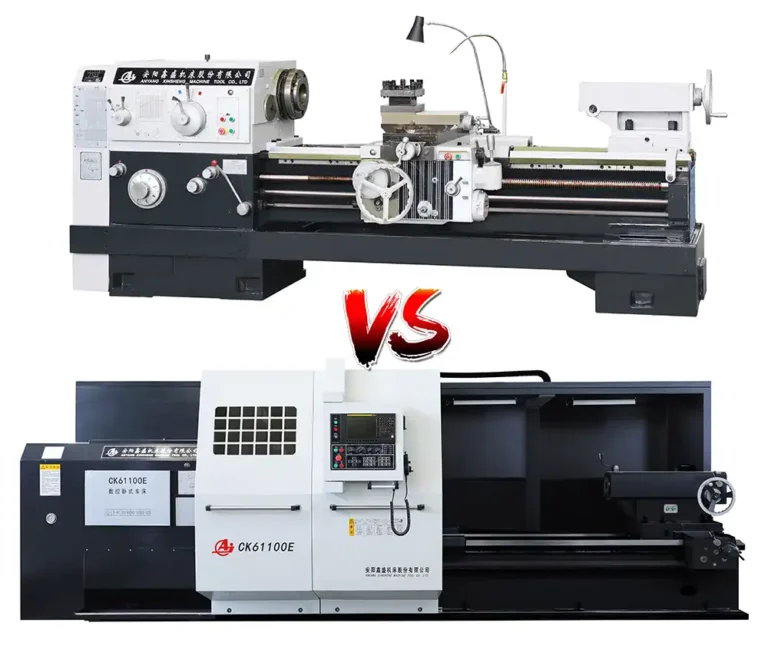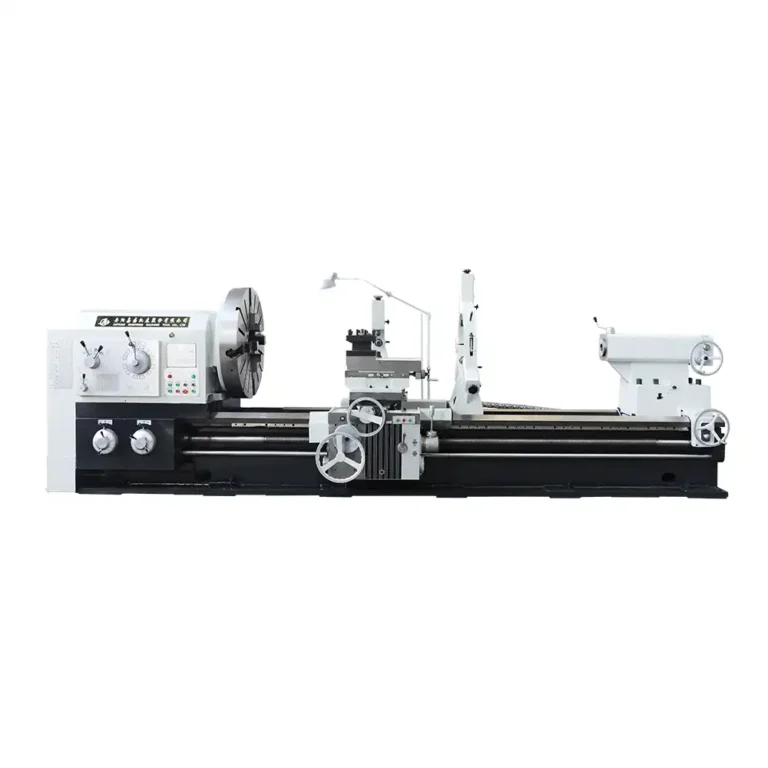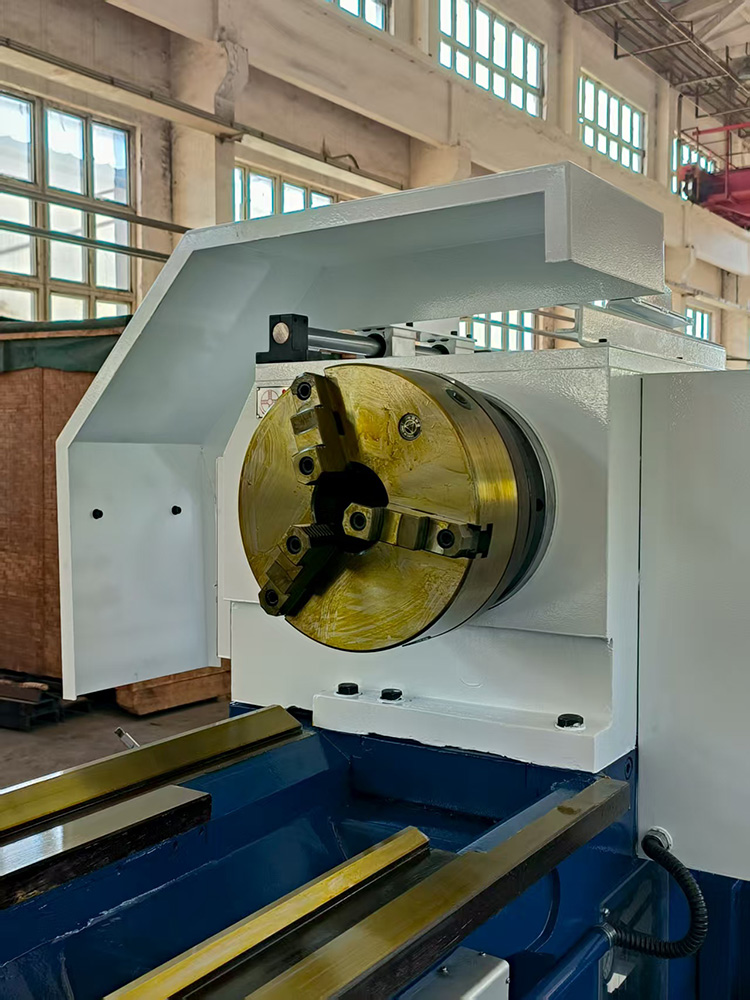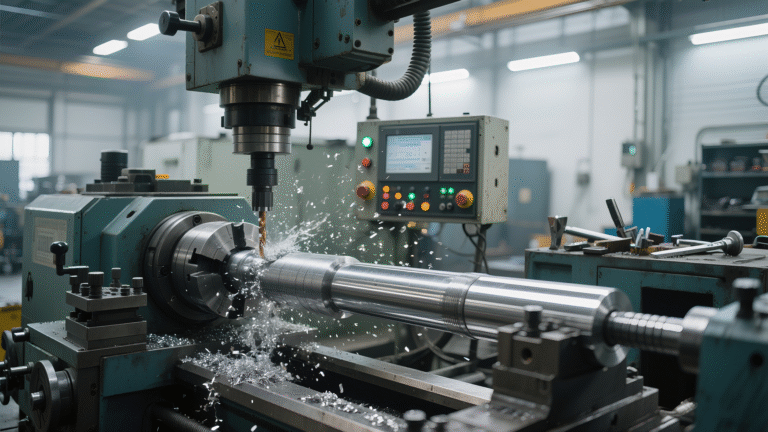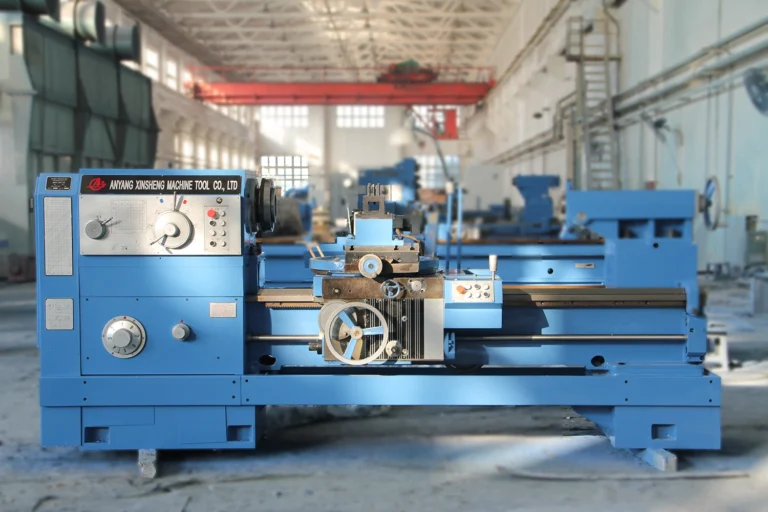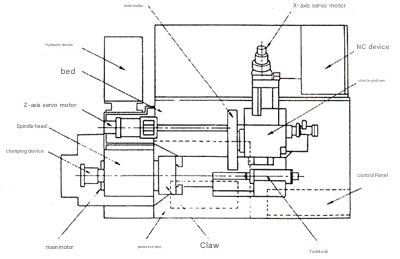Various types of gears used in mechanical transmission systems
This image shows various types of gears used in mechanical transmission systems to transfer power and motion between shafts with specific ratios and directions.
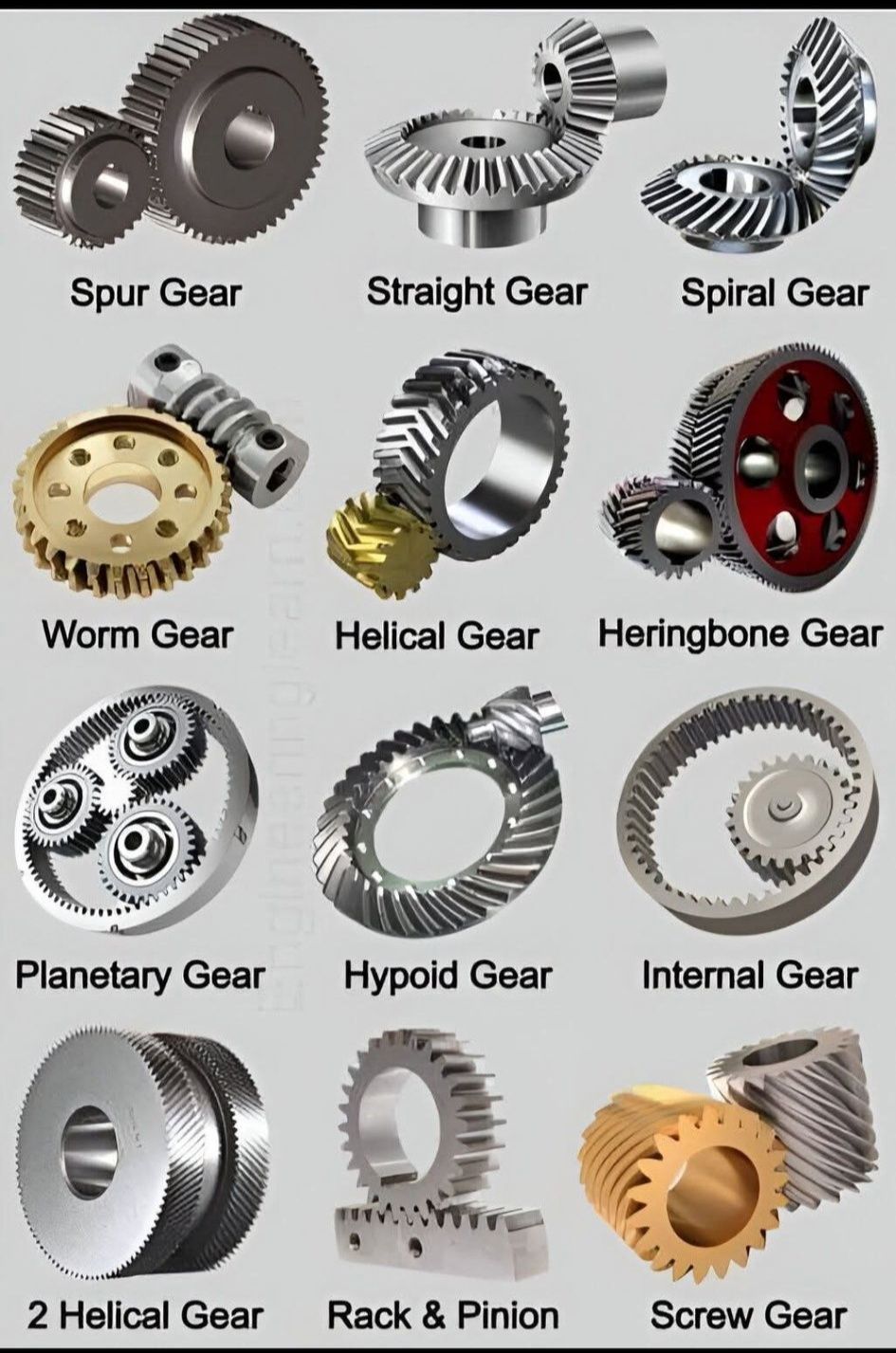
Explanation of Gear Types
- Spur Gear – Straight teeth parallel to the shaft; commonly used for transmitting speed and torque between parallel shafts.
- Straight Gear – Usually refers to a straight bevel gear, used to connect two intersecting shafts (typically at 90°) with straight teeth.
- Spiral Gear – Also called a spiral bevel gear; has curved teeth for smoother operation on intersecting shafts.
- Worm Gear – Consists of a worm (screw) and a worm wheel; ideal for high reduction ratios and can be self-locking.
- Helical Gear – Teeth are cut at an angle, providing smoother engagement and a higher load capacity compared to spur gears.
- Herringbone Gear – Two helical gears with opposite tooth directions to eliminate axial thrust.
- Planetary Gear – A system with planet gears revolving around a sun gear; used in automatic transmissions and compact gearboxes.
- Hypoid Gear – Similar to spiral bevel gears but with non-intersecting shafts, allowing for an offset; commonly used in automotive differentials.
- Internal Gear – Teeth are cut on the inside surface of a cylinder; often used in planetary gear sets.
- Double Helical Gear – Two helical gears working together with opposite helix angles to transmit power while cancelling axial thrust.
- Rack and Pinion – Converts rotational motion into linear motion; commonly used in vehicle steering systems.
- Screw Gear – Two helical gears with non-parallel, non-intersecting shafts, often arranged at 90°.

